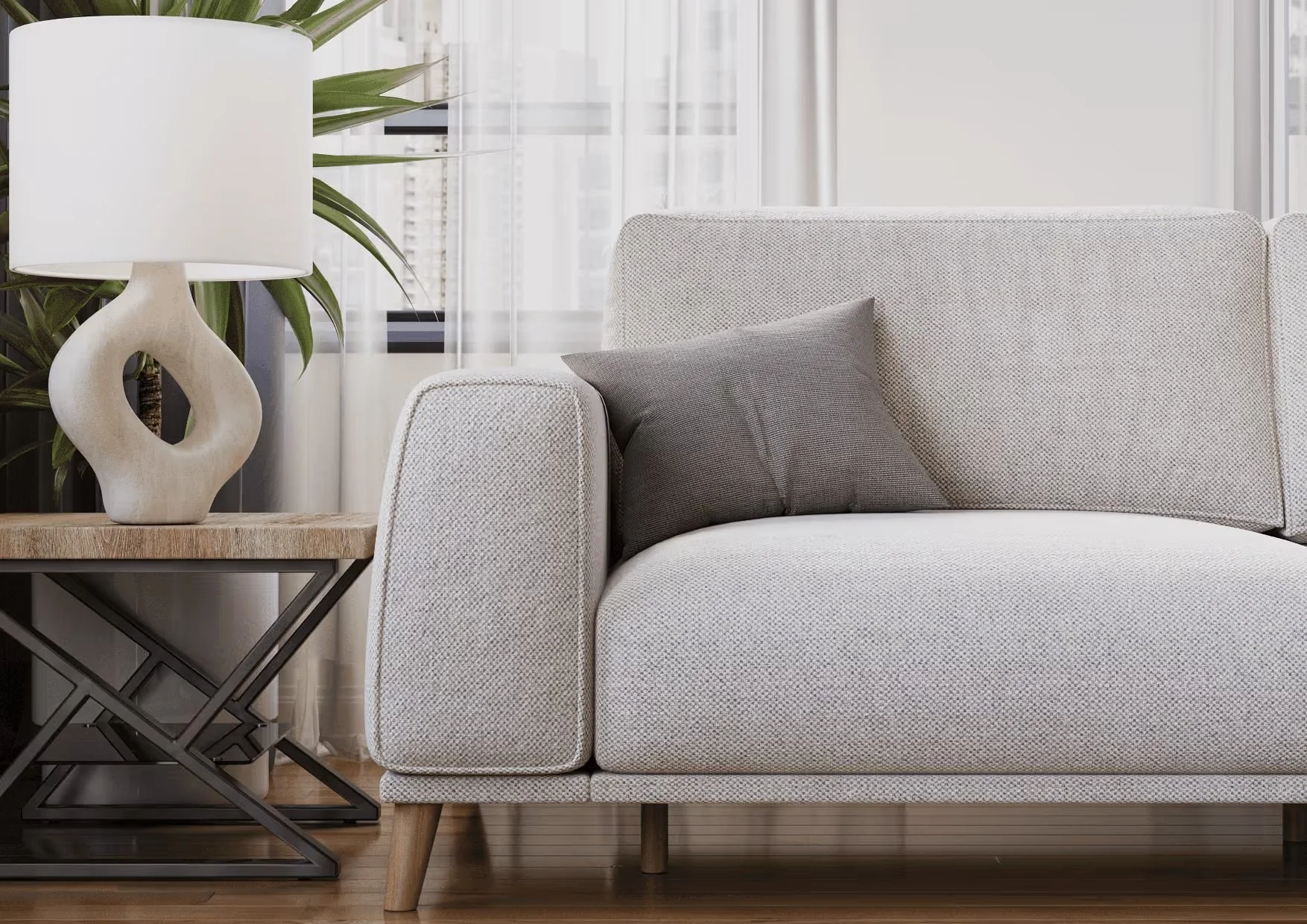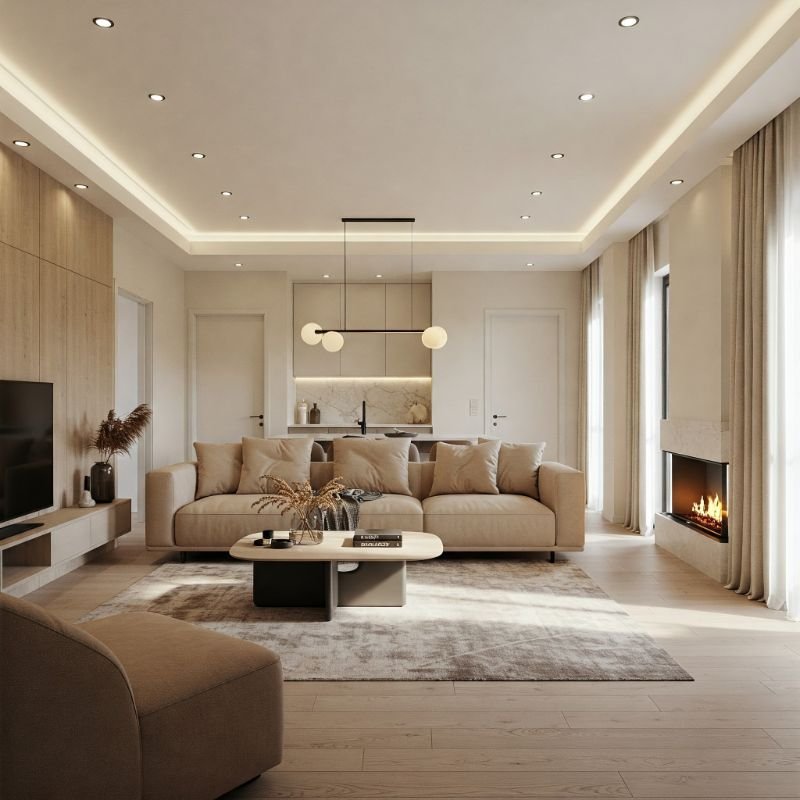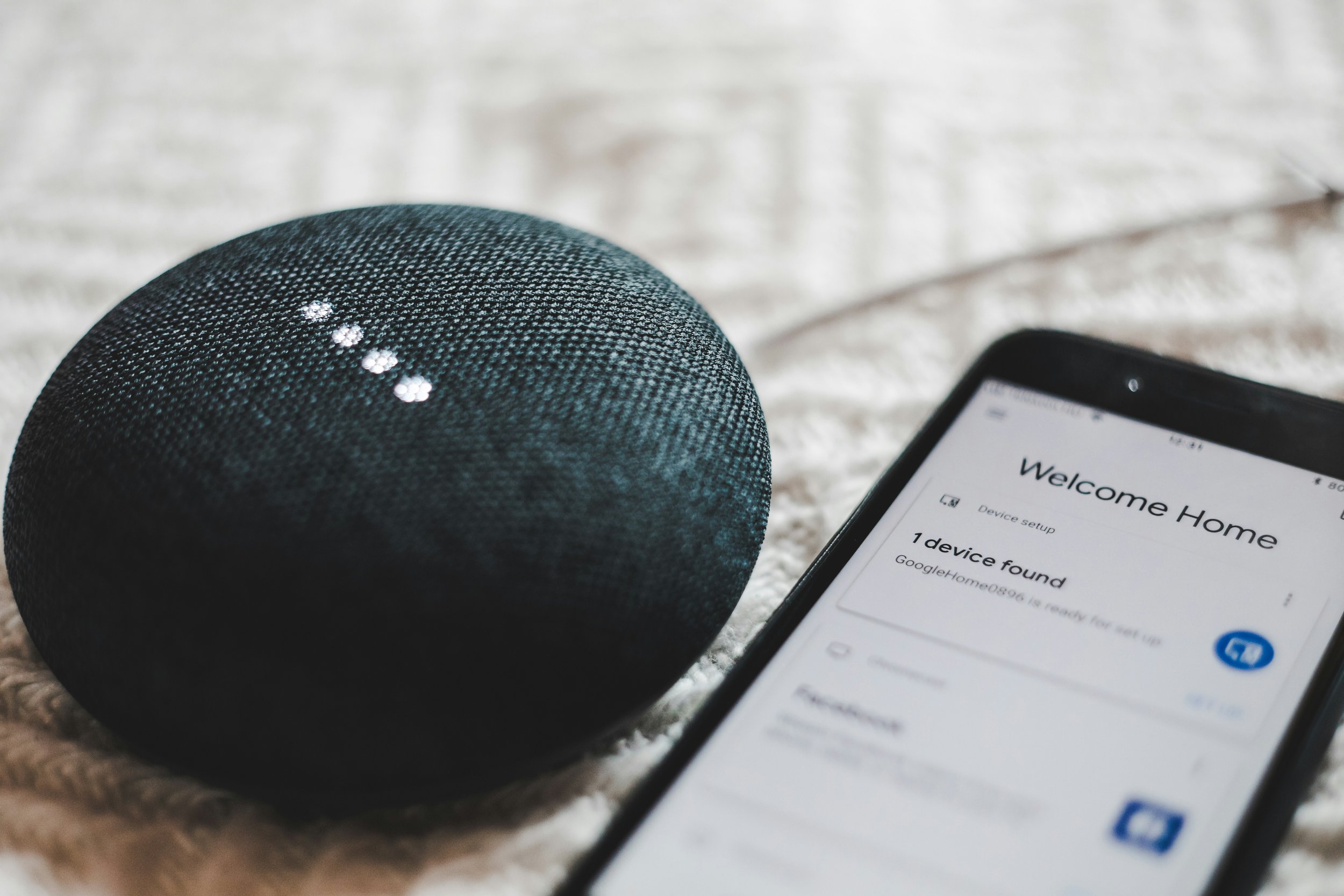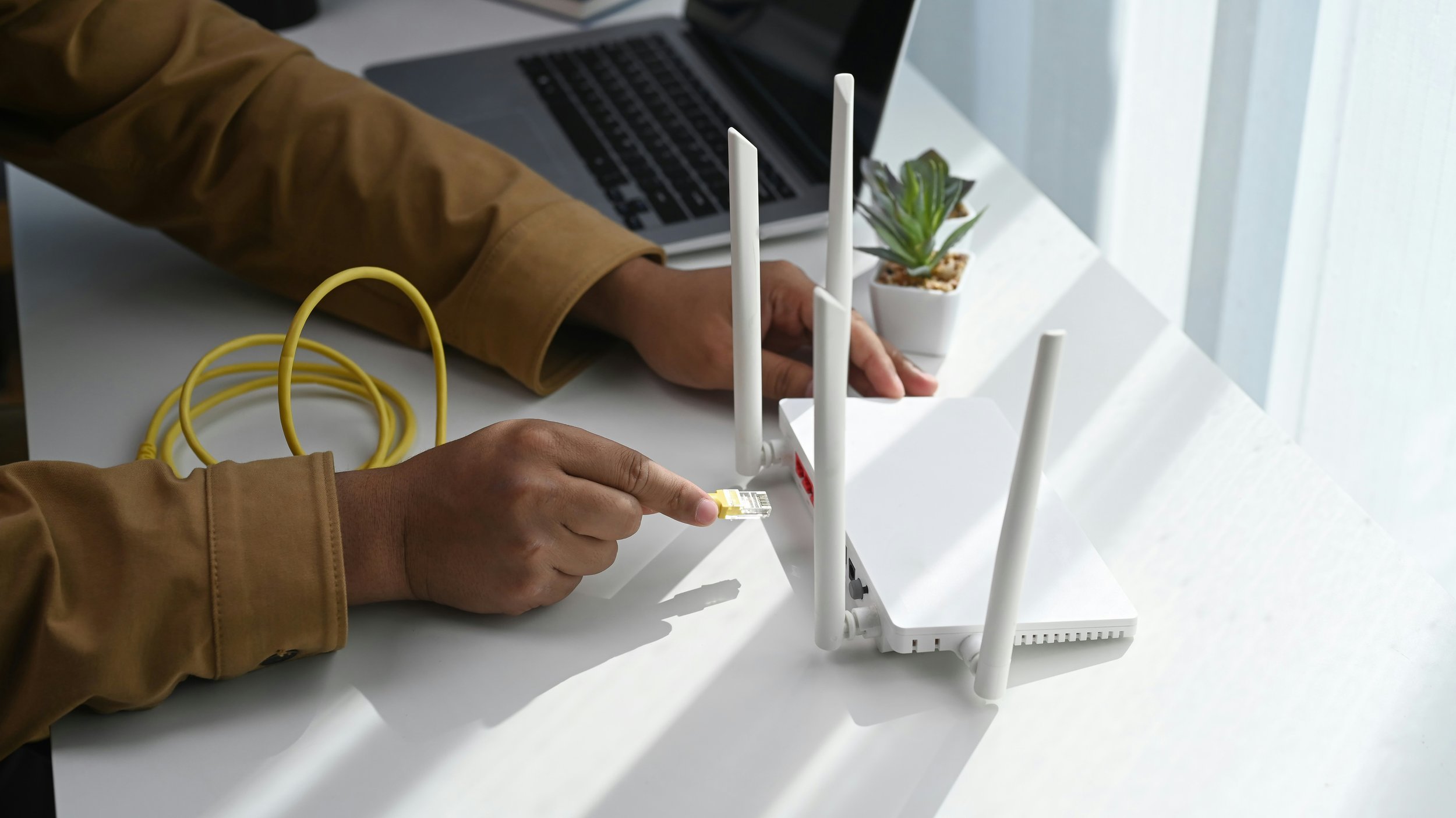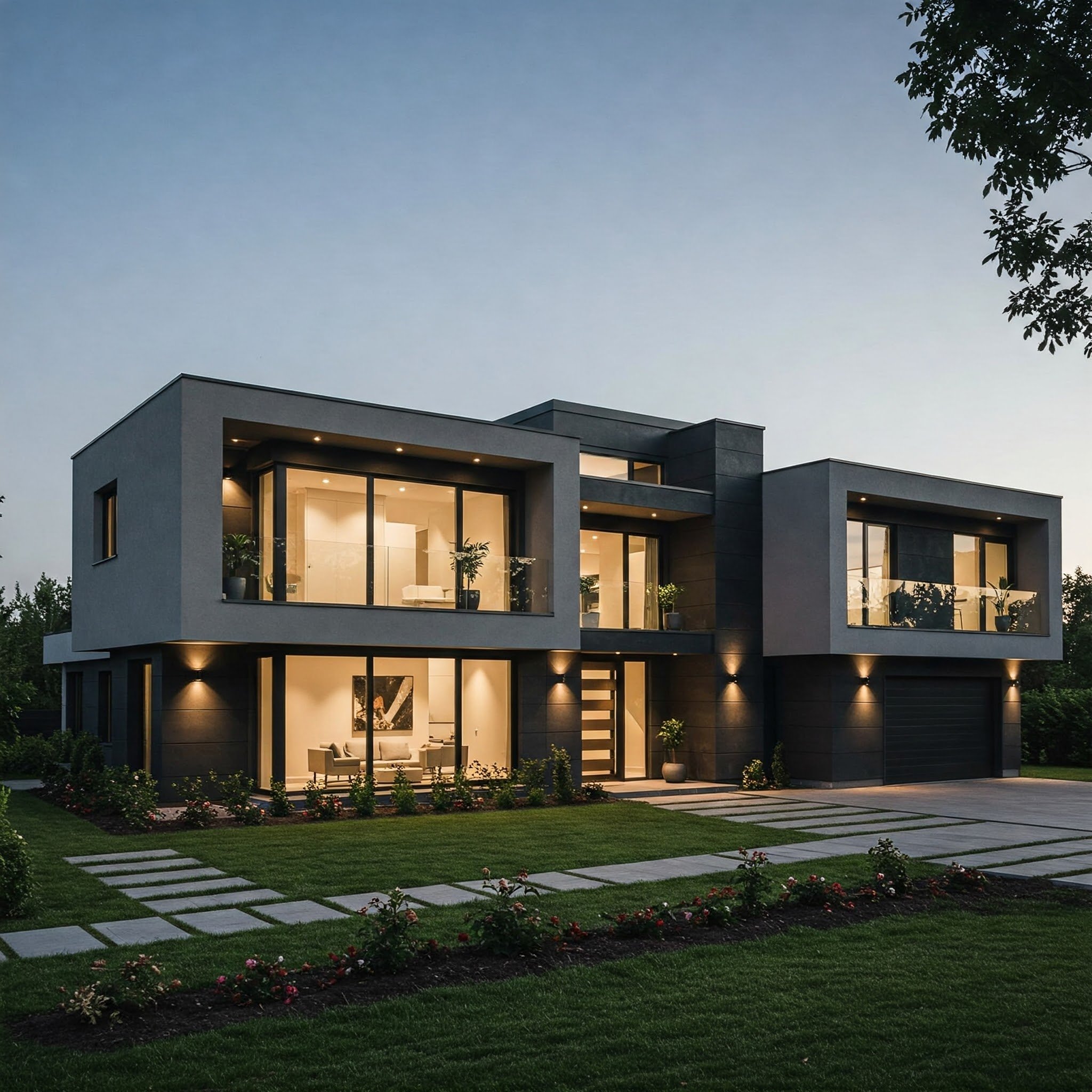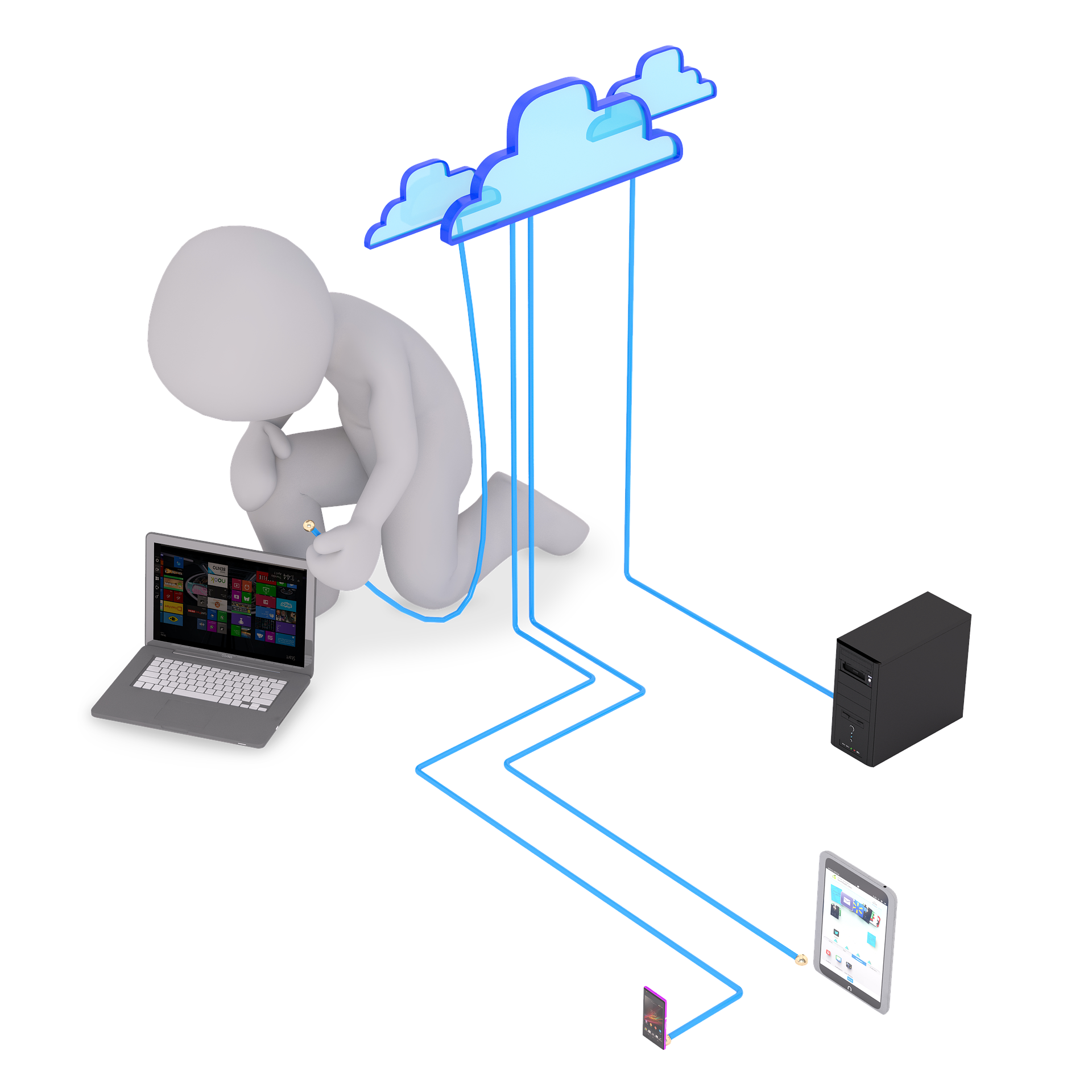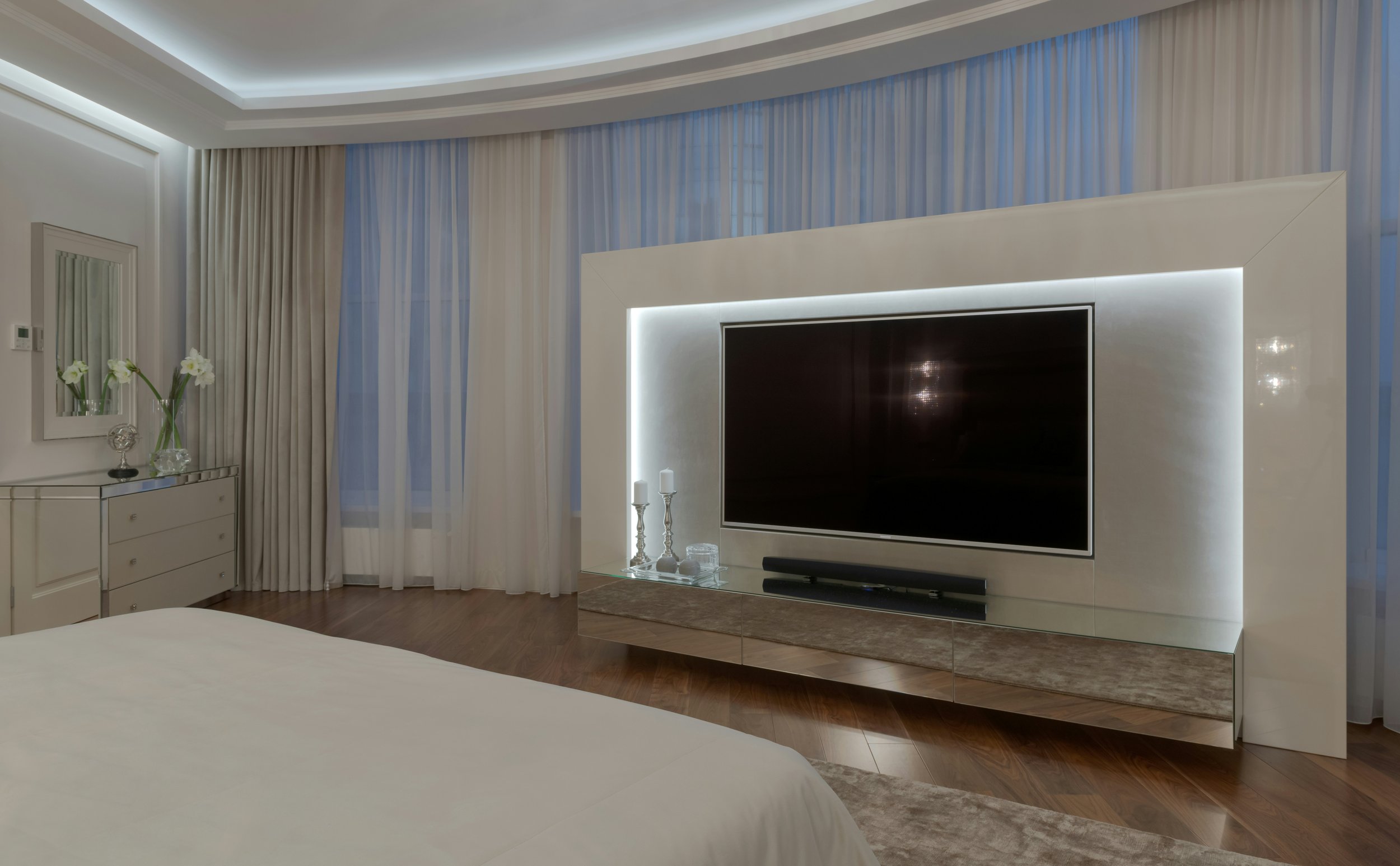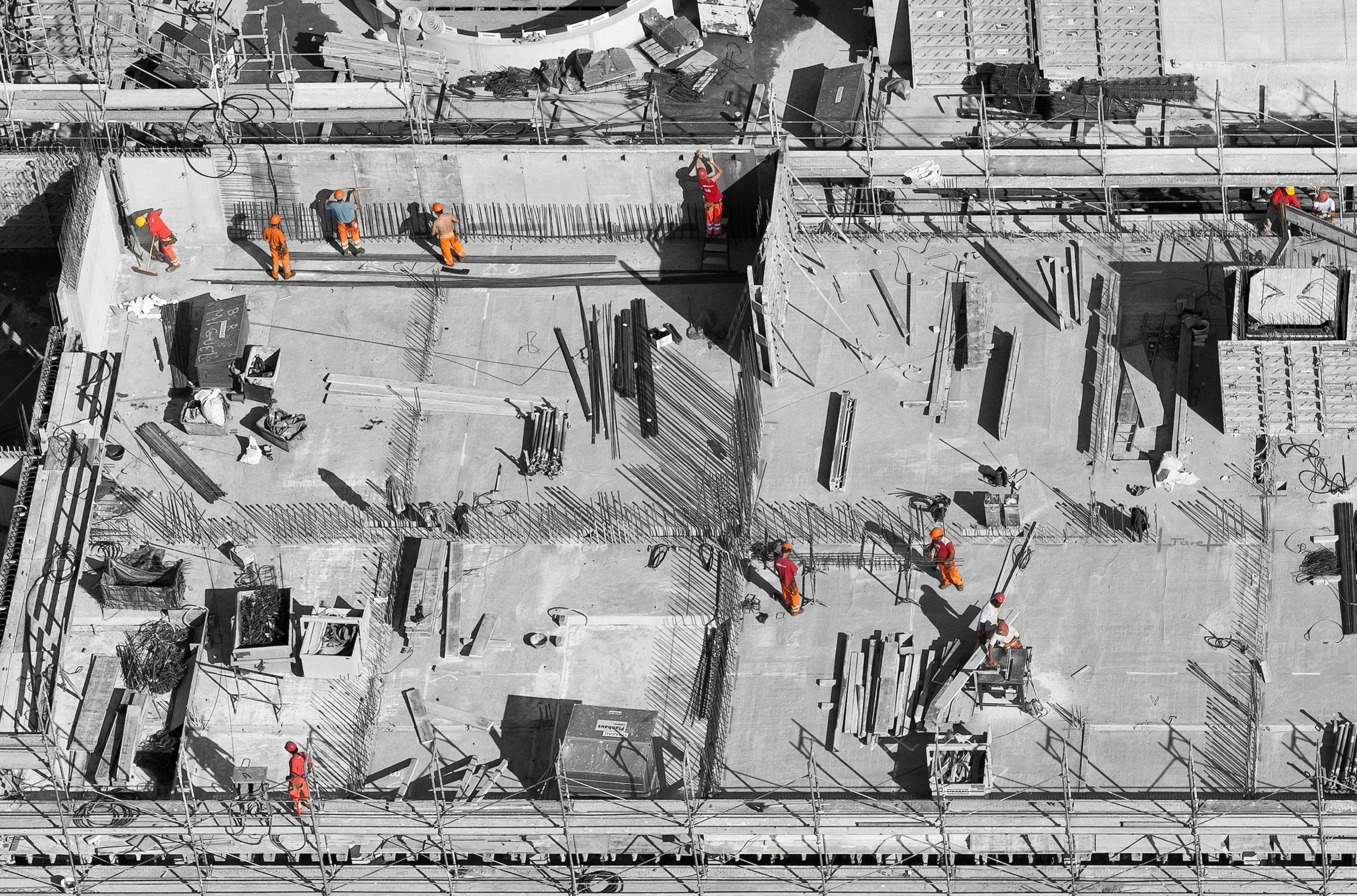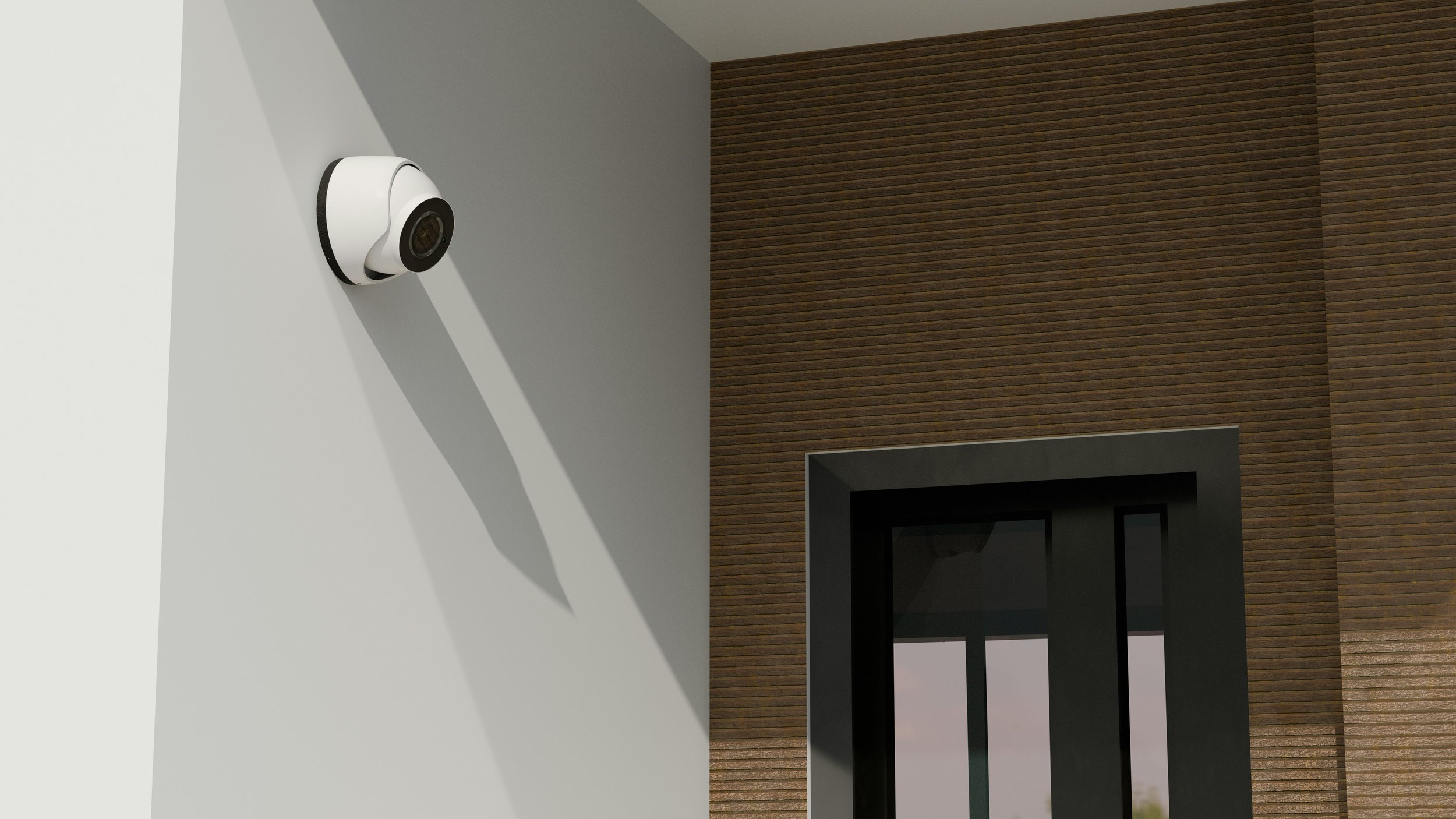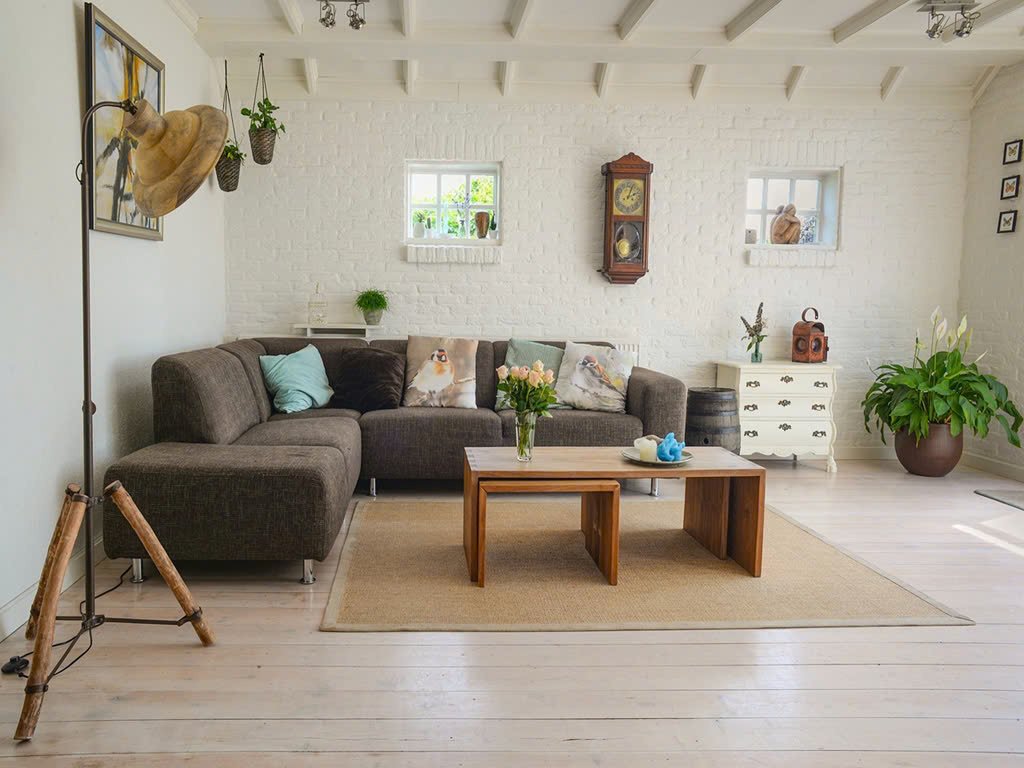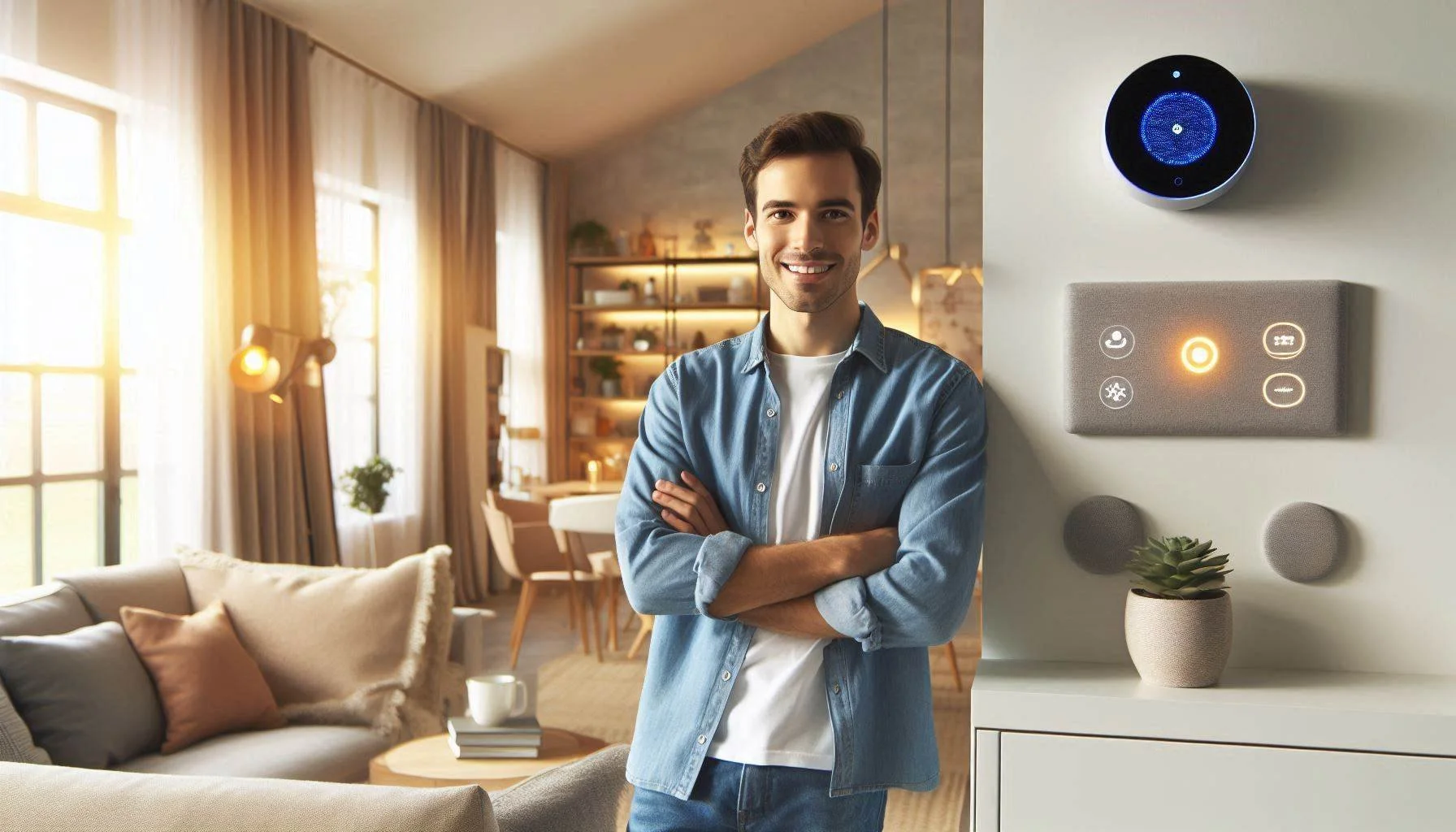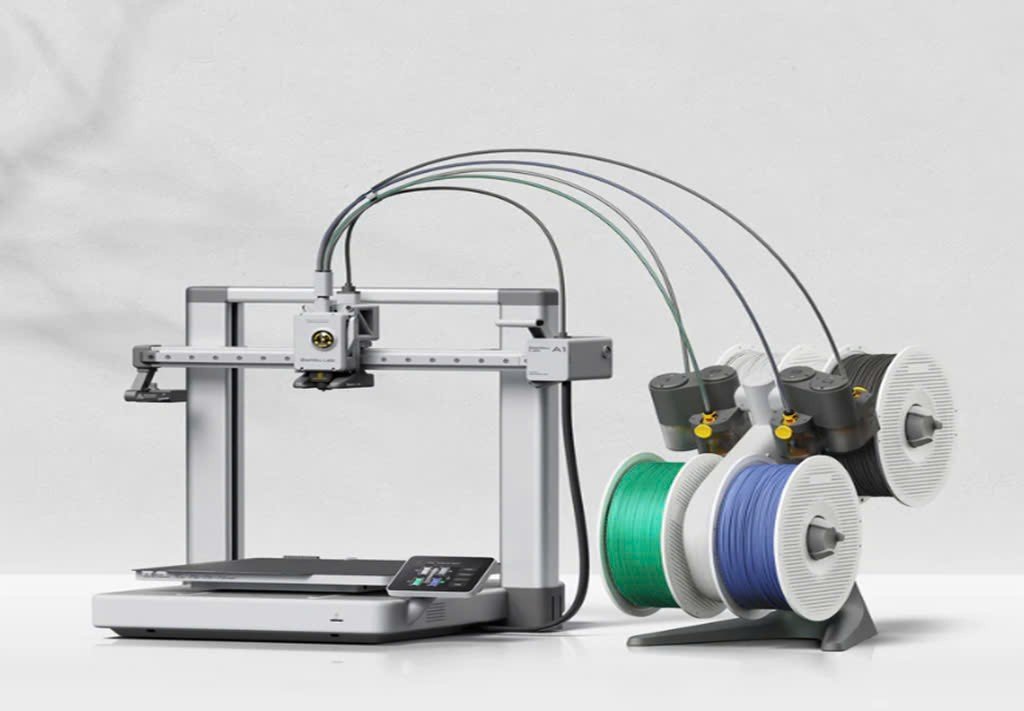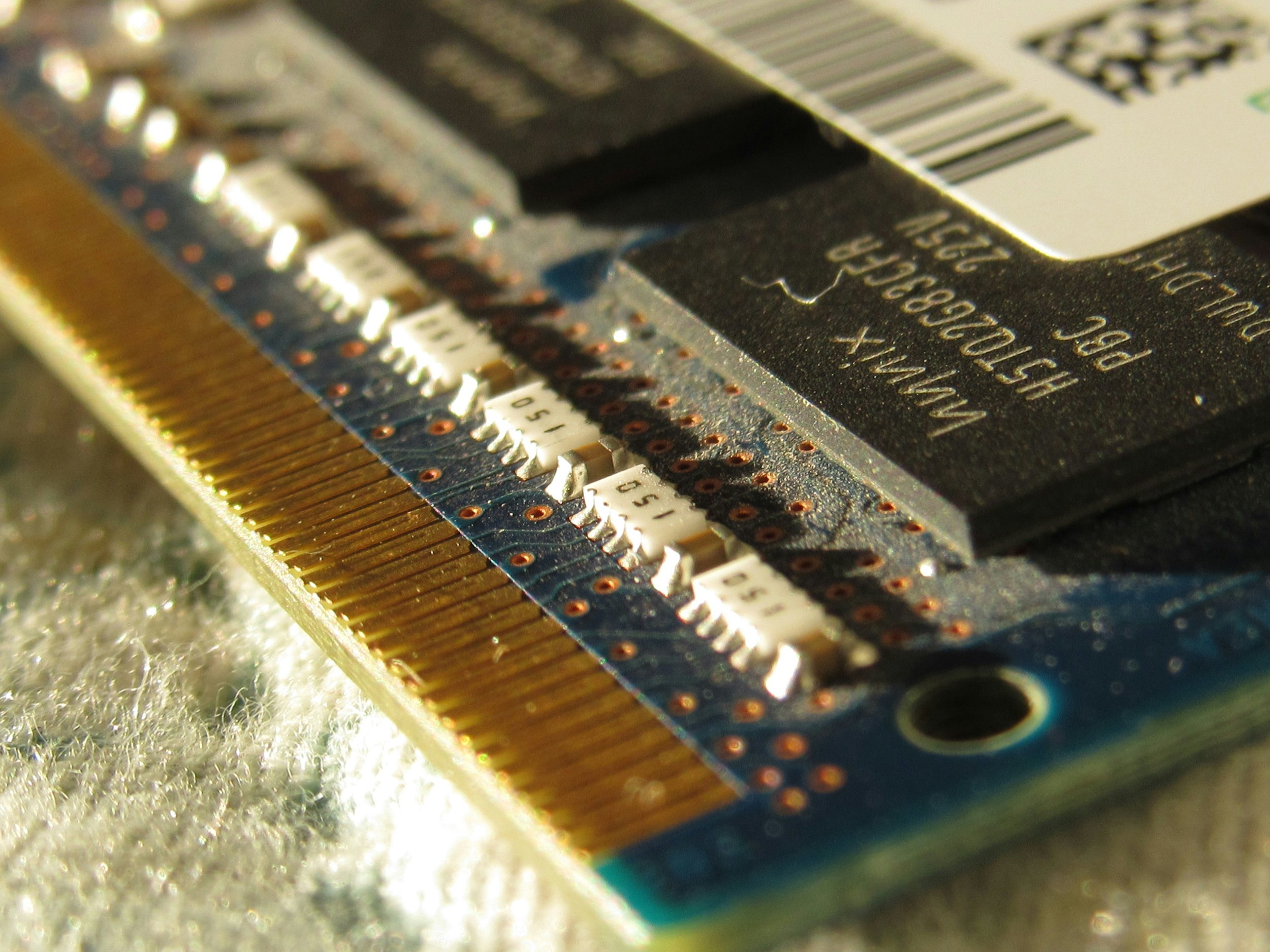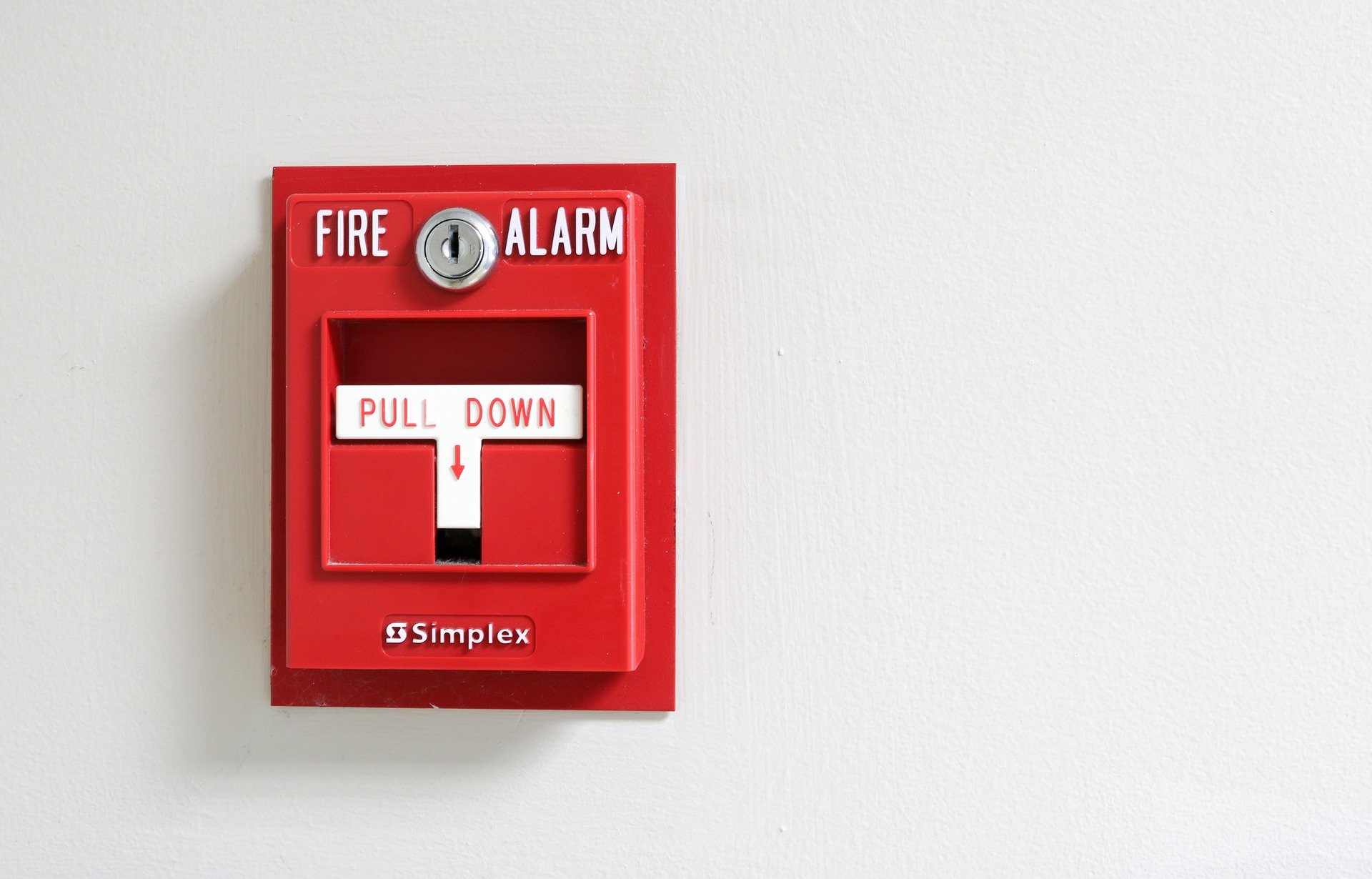7 Safety Features Every Family Home Should Have
Explore the essential safety features every family home needs. From smoke detectors to childproofing measures, learn how to create a secure environment for your loved ones.
Here’s a question for you. How safe is your home?
To what degree does it protect you from fire, damage, theft and other issues that could breach or compromise it in any way?
Your home should have various measures in place to ensure its structure, contents and, most importantly, your loved ones are being safeguarded as well as they can be. With that in mind, here are seven safety features every family home should have. If yours currently doesn’t have any one or all of these features, it is well worth making sure it does ASAP.
1. Smoke Alarms
There is no question about it. Smoke alarms play a crucial role in detecting a fire within your home and every year they save thousands of lives around the world.
As fires can start in several ways, including electrical wiring, cooking accidents, flammable liquids, and gas-related explosions, it is critical to have a state-of-the-art smoke alarm in your home that can alert you of any impending danger. For more tips on essential home safety features, you might want to check out these Melbourne electricians you can trust.
You should check with your local council for specific regulations. But as a rule of thumb, you should have a fire alarm in every bedroom, in the kitchen and on each floor. It's crucial to have a comprehensive home security setup. Investing in reliable products, like a magnetic door lock with button release, ensures that emergency exit points are both secure and accessible when needed.
Overall, optical smoke alarms (sometimes referred to as photoelectric smoke detectors), are seen as more reliable than ionisation models because they are a bit faster at detecting slow-burning or smouldering fires that produce a lot of smoke. They also are less likely to make false readings.
It is a good idea to test all your smoke alarms every month and get a professional to give them the once over annually.
2. Flammable Storage Cabinet
Every year, there are over 17,000 house fires throughout Australia. One way to prevent them from spreading is to place a flammable storage cabinet in your home.
These cabinets offer excellent protection when storing fuel, petrol, paints, solvents, methanol, diesel and kerosene. Therefore, going a long way to ensure fires don’t start in the first place or, at the very least, spread quickly.
3. Fire Extinguishers
In case there is a fire in your home, it is a good idea to have fire extinguishers handy for emergencies. Just make sure they are highly visible and stay within central locations that are easy to reach when you need them.
Fire extinguishers should be checked on an annual basis to ensure the tamper seal has not been broken, the pressure indicator or gauge lies within the operable range, and the locking pin is still intact. Of course, should you end up having to use a fire extinguisher within your home, you must replace it ASAP.
4. Evacuation Plan
If there is a fire in your home, or for that matter a dangerous weather event, natural disaster or human threat, you will need to have a firm idea of how to evacuate from it in an emergency.
Having a well-thought-out evacuation plan for you and your family is essential, as everything else is just materialistic. A fire damage restoration company can assist in restoring your home once you've safely evacuated, ensuring that you and your loved ones are the top priority.
Ideally, you should have a plan in place that identifies which exits you might need to go to in case of fire, and there should be a minimum of two for each level. These exits should take you to a safe spot at least 100 yards from your home. It is also worth creating a panic room in case of intruders or a storm-proof cellar that can protect you from hurricanes or tornados.
5. Home Security Measures
Unfortunately, around 195,000 homes in Australia get broken into or burgled every year. To prevent your home from becoming part of this statistic, it is important to ensure that it is fitted with excellent security measures.
This should include deadlock bolts, chains and double-lock keyholes for your front and back doors. Alternatively, you might want to install a keypad entry instead. It is also worth incorporating smart technology such as video doorbells, CCTV cameras, motion sensor lights and a burglar alarm to keep your family safe. Another area to focus on is fencing, as it not only prevents intruders from coming into your property but also dangerous animals such as aggressive dogs and snakes.
6. Comprehensive First-Aid Kit
Around 54% of all people who go to hospital emergency departments in Australia do so as a result of a household accident. Therefore, you should ensure that you have access to a comprehensive first aid kit.
This should include everything from plastics and burn creams to antiseptics and painkillers and should be topped up regularly.
7. Home and Contents Insurance
Lastly, one of the most important safety features every family home should have is home and contents insurance. This protects you against loss or damage that occurs through robbery or property damage. Depending on which policy you choose, it might cover natural disasters such as flood damage or earthquakes.
Overall, having a comprehensive home and contents insurance policy can provide you with plenty of peace of mind.

